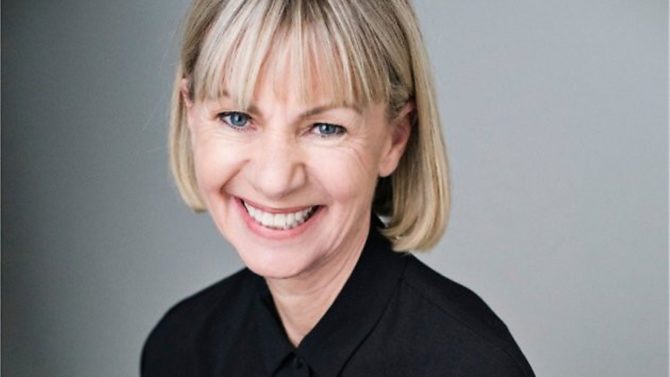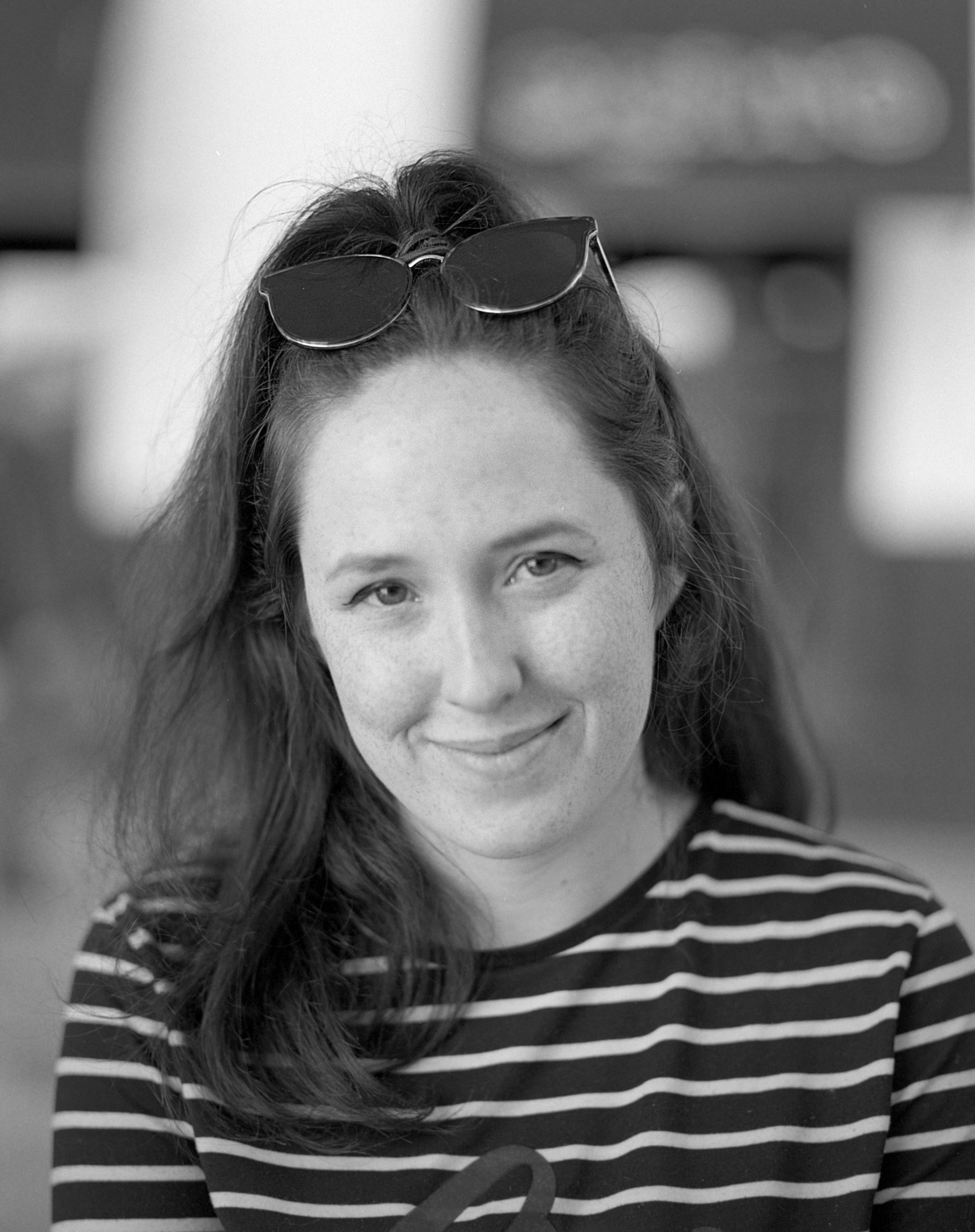INTERVIEW: Author Kate Mosse on her latest novel, The Burning Chambers, and her thirty-year love affair with Carcassonne
The bestselling novelist talks to Complete France about her love of Carcassonne and the Languedoc, as well as her writing process and research behind her latest thrilling tome, The Burning Chambers

“It was like turning a corner and seeing the love of your life for the first time; you don’t know that they’re there, waiting for you. The minute I stepped foot there, I thought: ‘Oh, I see! This is my place.’”
Kate Mosse’s first visit to Carcassonne, in November 1989, was a classic case of love at first sight. The author and avowed Francophile had been looking to buy in France with her husband, and from the moment she arrived in the world-famous walled city, she was enraptured. “From the second I set foot in Carcassonne, I just fell completely in love with it; in love with the land, with the history, with the atmosphere of the southwest of France that is so particular to that region.”
Mosse also credits the city as being the catalyst for her writing prowess. “More than anything, it was being there that liberated me to be a storyteller. I’d written a few books but nothing had quite brought it all to life, but the combination of being there and immersing myself in the character of Carcassonne and the Languedoc in general just was what made me a writer.”
And what a writer she has become; with sales of more than five million copies in 38 languages, her books are a staple of many a Francophile’s shelves.

From 2005’s pivotal Labyrinth, the first in the immensely successful Languedoc Trilogy, to her latest release, The Burning Chambers, southwest France has played a central character in most of her stories: authentic, turbulent tales of French history. “For me, all of my historical fiction is epic, adventure fiction; it’s very much about untold women’s stories, and that particular part of France has a very different tradition of women and men being alongside one another rather than all the stories being male stories with women on the sidelines, just because of the nature of that area and the laws that governed it, compared to the laws governing northern France.”
With The Burning Chambers begins a sequence of novels stretched across three centuries of history, following the Huguenot diaspora. “The story starts in my beloved Languedoc and like Romeo and Juliet it’s the story of two warring families, one Catholic and one Huguenot. They will travel the world, as that’s the story of the northern diaspora. We will go to Amsterdam, we will go to England, the New World, Huguenot Street in North Carolina – the oldest existing Huguenot street left in the world – and we end up in South Africa, where a handful of Huguenot refugees who left Amsterdam started a whole new world there.”
Mosse’s strength as a writer lies in colourfully depicting not only the exploits of those at the top of the social pyramid – as seems to be the case in many historical novels – but of ordinary men and women too. “What interests me in my fiction is writing the stories of us; about putting all of us in ordinary people’s shoes, the people we would have been in the 16th century. Most of us would not have been in the court, the palaces, the temples; we would have been the normal people trying to live, and love, against the backdrop of history going on behind us. That’s my mission, if you like; to put ordinary women’s and men’s voices on the page. Once you’re doing that, you start at the top, because history is not only written by the victors but by people with an agenda who have a particular story to tell.
“So, when you’ve read all the ‘big history’ about Catherine de Medici and Elizabeth I, you start to go to the local archives, the galleries in Carcassonne and Toulouse, and Franschhoek in South Africa, and North Carolina and Amsterdam; I’m spending a lot of time there at the moment for book two; and you start to look at the paintings of those people; the records or histories of the things people left in their wills to one another; the descriptions of clothing; all about the common people rather than the court. And little by little, it’s like a jigsaw; you start with the people in the middle and move out and out and out, until you build up, with years of research, a sense of what ordinary life might have been like.
“I’m a storyteller; I’m making it up. It’s set against the backdrop of real people but the characters are imaginary. They are the sort of people who might have lived, not people who did live, and that’s very important as a novelist.”
Mosse is extremely grateful for her French readers, although at first she worried about being an English person writing about their history. “At a Labryinth event, a woman came up and asked me to sign her book, and I did, and I thought: ‘I’m just going to ask.’ So I said: ‘You know, I was very worried, being an English woman, what French readers would feel about me appropriating their history, and me writing about the Cathars and Carcassonne.’ The lady looked at me and said: ‘Better an English woman than a Parisian.’ And I think that is what is so special about Languedoc. It marches to its own beat.”
Who better to ask for travel tips for this special part of the world? “With Carcassonne, absolutely start with the main sights – of course go to the Citadel, of course go and visit those key places such as Montségur and the Pyrénées, the story of the Cathars and their rise and fall. The region resonates with stories of the past and it’s worth getting to know those before you take yourself off the beaten track. Once you’ve done all of those things, everybody will discover something special. Do the mainstream things first; then you’ll get to know the region and find your own secrets.”
The paperback edition of The Burning Chambers will be released on 7 March, priced £8.99. The second novel in the series, The City of Tears, will be published in May 2020. Find out more about Kate Mosse on her website
Share to: Facebook Twitter LinkedIn Email




